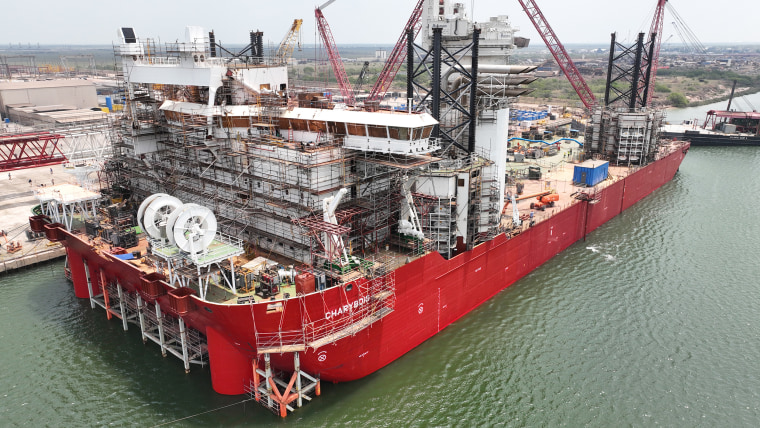Wind energy has long been touted as a key player in the transition toward a more sustainable and carbon-neutral energy future. Yet, despite strong commitments and ambitious goals, the United States has been facing challenges in scaling up its wind energy capacity. President Joe Biden’s administration has set a target to double offshore wind generation by 2030, but several roadblocks threaten the achievement of this goal.
One critical issue hindering the expansion of wind energy in the U.S. is the cumbersome permitting process for offshore wind projects. While federal agencies have made efforts to streamline regulations and accelerate approval processes, bureaucratic red tape continues to delay and complicate the development of new wind farms. The interplay between federal, state, and local regulations also adds layers of complexity, creating a patchwork of requirements that developers must navigate.
The impact of these delays is significant, as time-consuming permitting procedures increase project costs, deter investments, and impede the timely execution of wind energy projects. Offshore wind developers often face years of delays before they can begin construction, resulting in missed opportunities to expand renewable energy capacity and reduce reliance on fossil fuels.
To address this critical bottleneck, policymakers and industry stakeholders must collaborate to streamline the permitting process for offshore wind projects. Implementing a more transparent, predictable, and efficient regulatory framework will not only expedite project approvals but also provide developers with greater certainty and confidence in investing in wind energy infrastructure.
In addition to regulatory challenges, the deployment of offshore wind projects is further complicated by limited infrastructure and transmission capacity. Offshore wind farms require extensive grid connections to deliver electricity to the mainland, but the current grid infrastructure is insufficient to support the large-scale integration of offshore wind power.
Investing in the upgrade and expansion of transmission networks will be essential to unlock the full potential of offshore wind energy in the U.S. By modernizing the grid and enhancing interconnectivity between offshore wind sites and onshore power systems, the country can overcome one of the critical barriers to accelerating the deployment of renewable energy.
Furthermore, establishing a clear and supportive policy framework at the federal, state, and local levels is crucial to creating a conducive environment for the development of offshore wind projects. Consistent and long-term policies, such as tax incentives, renewable energy standards, and procurement mechanisms, can provide the necessary incentives for investors and developers to commit to long-term wind energy projects.
In conclusion, while the U.S. has made significant strides in promoting wind energy, unlocking the full potential of offshore wind will require a concerted effort to address regulatory, infrastructural, and policy challenges. By streamlining permitting processes, expanding transmission capacity, and creating a supportive policy environment, the country can overcome the key barriers to achieving President Biden’s ambitious wind energy goals and pave the way for a cleaner, more sustainable energy future.
